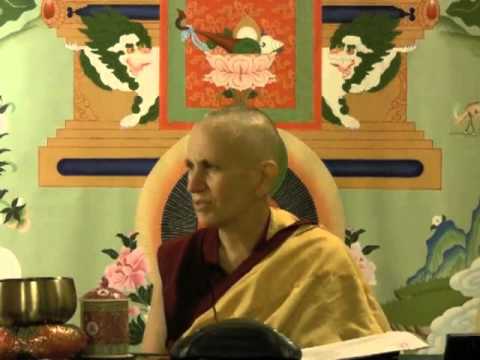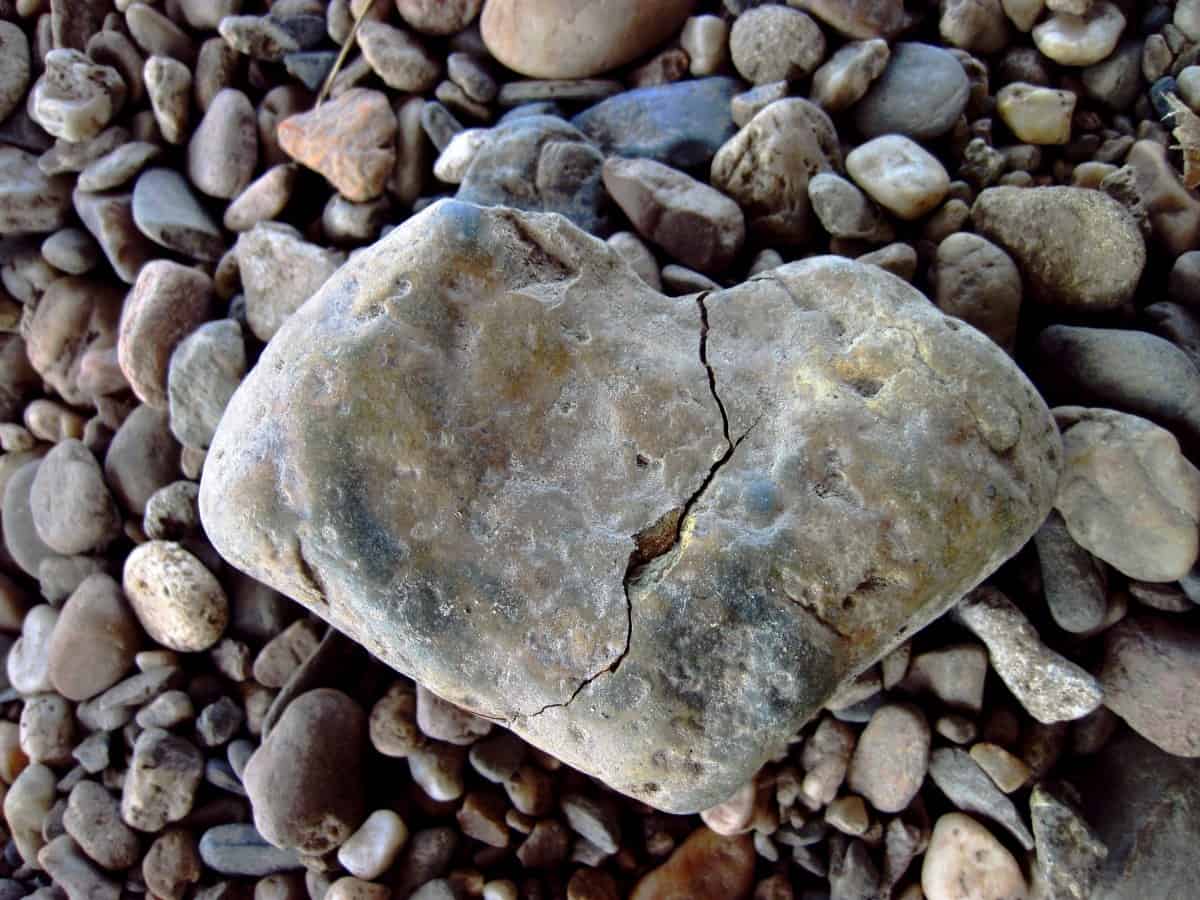Life force and the four elements
This talk was given during the White Tara Winter Retreat at Sravasti Abbey.
- The definition of life force
- How life force is scattered
- How is one to visualize the elements
White Tara Retreat 07: Q&A Life force (download)
Today I thought I’d respond to a few questions that have come in from some of the people doing the retreat from afar.
Life force
The first one was, “What is the definition of life force?” I love questions like that. [laughing]
So in the Tibetan tradition it is an abstract composite, so it’s impermanent phenomena that’s not material, that’s not consciousness, and it’s this life faculty. Life force [defined], “is designated to the state of living. It is the base of consciousness and warmth.”
Now from the Pali, from the Pali Abhidhamma, “There are two kinds of life faculty or life force: the mental life force which vitalizes the associated mental states, and the physical life force which vitalizes material phenomena. The mental life faculty alone is intended as a mental factor.” So it’s a consciousness, it’s a mental factor. “It has the characteristic of maintaining the associated mental states, the function of making them occur, manifestation as the establishing of their presence, and its proximate cause is the mental states to be maintained. And death is the cutting off of the life force.” That makes sense.
“The physical life faculty,” again from the Pali Abhidhamma, “is matter. It is the material counterpart of the mental life faculty. Life or vitality is called a faculty because it has a dominating influence over its adjuncts. The life faculty has the characteristic of maintaining…” (This is the physical life faculty.) “…the coexistent kinds of matter at the moment of their presence. Its function is to make them occur. It is manifested as the establishment of their presence. Its proximate cause is the four great elements that are to be maintained.”
You asked the question, and I gave you the definition! I have never heard more explanation on life force. Whenever the Tara sadhana is practiced, it is one of those things that it assumes that you know what it is.
Okay, then the second question, “How is life force scattered or lost?”
I have no idea! It seems to me that when you are really sick and ailing and your physical elements are weak, that that means your physical life force is disintegrating. When your mind is not thinking clearly and you can’t put things together, then your mental life force is disintegrating. How they get scattered or lost, I don’t know. They decline.
Audience: Too much TV.
Venerable Thubten Chodron (VTC): Too much TV. Yes, that too. Because when we do stupid things either with our body or with our mind, our energy decreases, our force to live, our willingness to live, our physical ability to live, that can increase or decrease according to what we do with our body and what we think about and how we use our mind.
The elements of earth, water, fire, air, and space
Audience: How is one to visualize or understand the essence of the four elements of earth, water, fire and air, as well as the space element?
VTC: In ancient India, this is not Buddhist but ancient Indian ideas (and also Western physics), they talked about there being four or five elements: earth, water, fire, air, space. Our body is composed of these elements. Some traditions see them as actual atoms of earth, or water, fire, air, space; or particles, I should say. Others of these traditions see them more as qualities, for example, earth is hardness and resistance. Water is fluidity. Fire is heat. Air is movement. Space is space, room.
Personally I prefer to see them as qualities. I find that much easier. Our body has all these qualities and when these qualities get out of balance, then we fall ill. If we don’t have enough heat in our digestion or if we have too much heat; if our muscles have too much hardness in them or not enough, for example. Things like this. That’s one way to understand it.
What I’ll get into a little bit later on is how we visualize invoking these and dissolving them into Tara, and then them descending into us. I’ll talk a little bit later as we go through the sadhana about the visualization—of how to do that.
One person is also asking, “How do we dissolve Tara at the end of the practice?” I’ll talk about that when we get to the end of the practice. Then again, somebody is asking about her necklaces and ornaments and what they mean. I’ll get to that also when we get to that part of the practice.
Venerable Thubten Chodron
Venerable Chodron emphasizes the practical application of Buddha’s teachings in our daily lives and is especially skilled at explaining them in ways easily understood and practiced by Westerners. She is well known for her warm, humorous, and lucid teachings. She was ordained as a Buddhist nun in 1977 by Kyabje Ling Rinpoche in Dharamsala, India, and in 1986 she received bhikshuni (full) ordination in Taiwan. Read her full bio.


